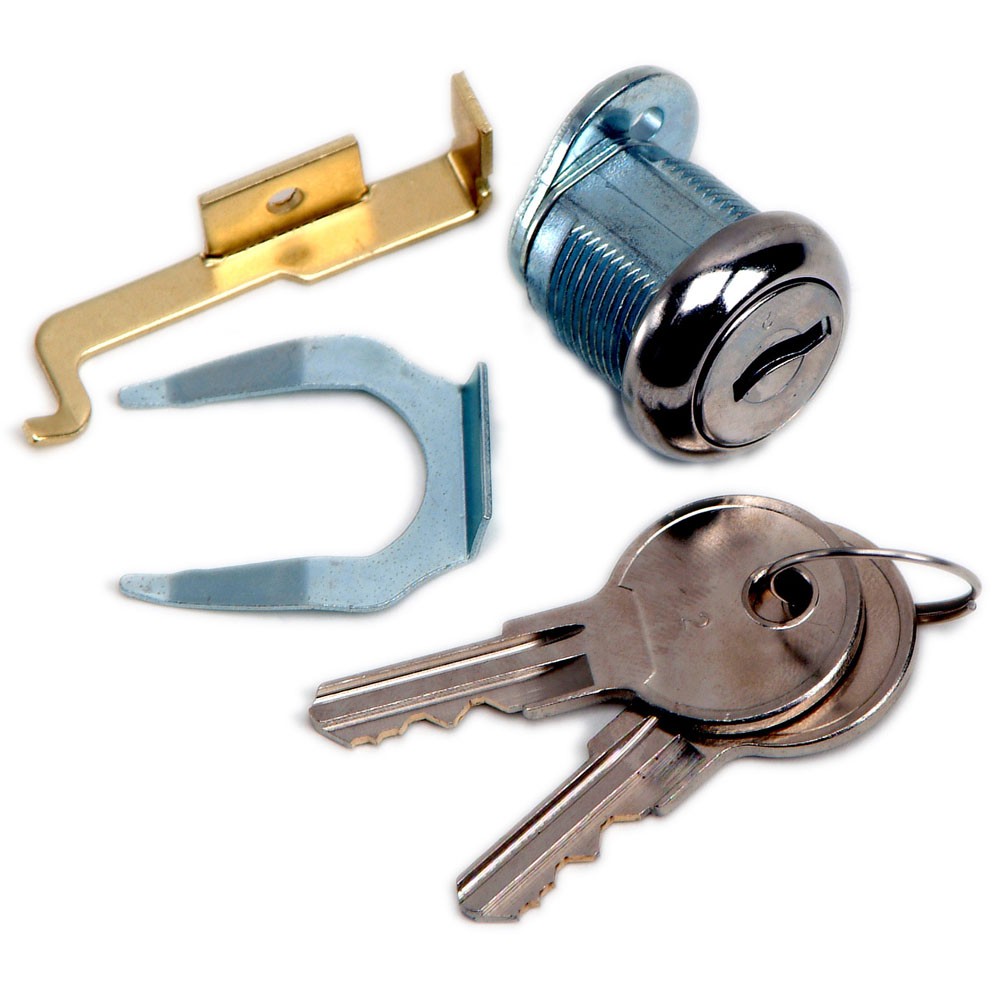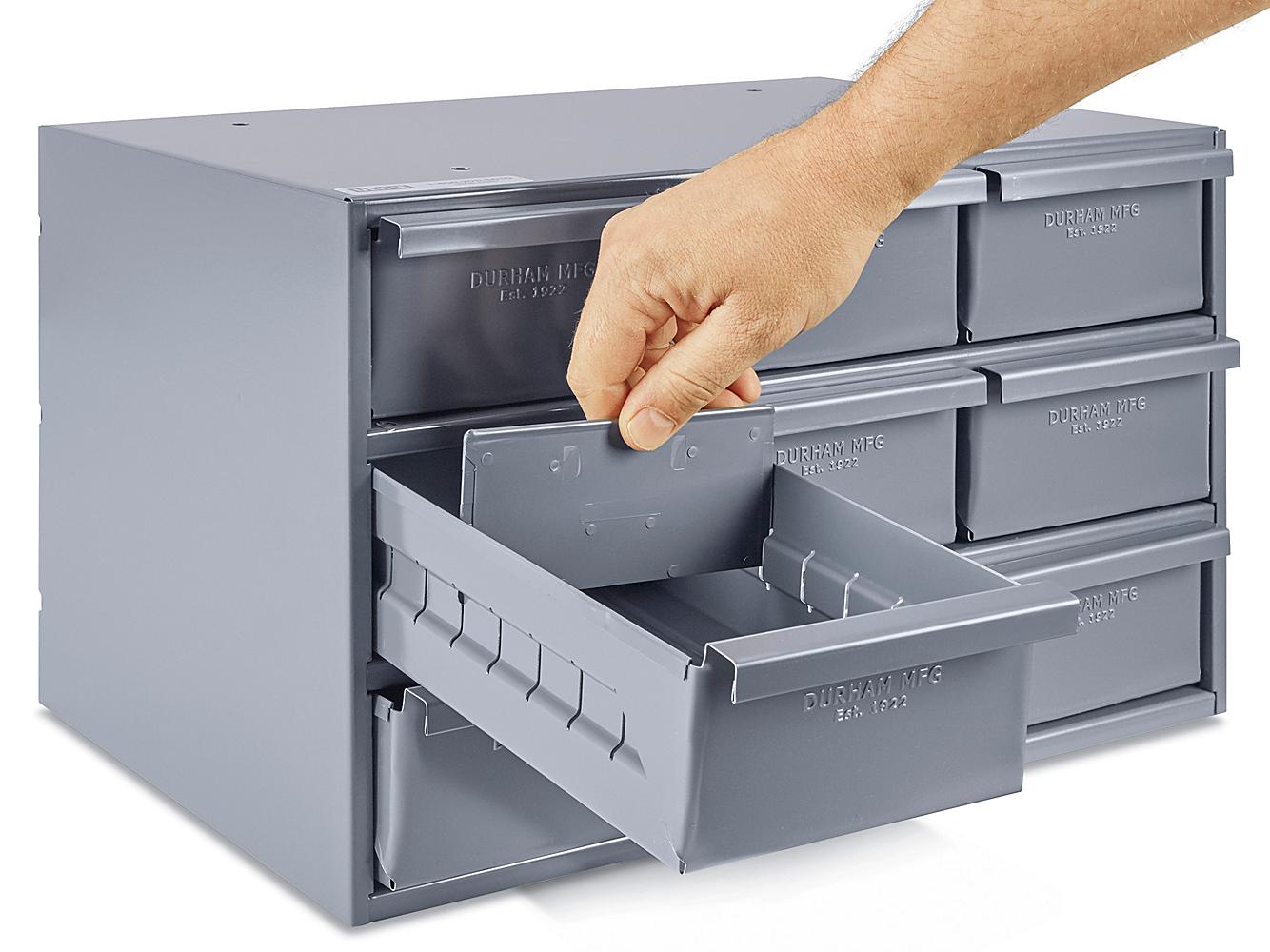Understanding Metal File Cabinet Parts

Metal file cabinets are essential furniture in offices, libraries, and other workplaces for storing and organizing documents. These cabinets are typically made of sturdy metal, which makes them durable, secure, and resistant to fire and water damage. Understanding the different parts of a metal file cabinet is crucial for choosing the right one for your needs and for ensuring its proper maintenance.
Basic Components of a Metal File Cabinet
The construction of a metal file cabinet involves several key components, each playing a vital role in its functionality and stability.
- Frame: The frame forms the foundation of the cabinet, providing structural support and stability. It is typically made of heavy-gauge steel, ensuring rigidity and durability.
- Drawers: Drawers are the primary storage compartments within the cabinet. They are usually constructed from steel and feature smooth-gliding mechanisms for easy access to files. The number of drawers varies depending on the cabinet’s size and intended use.
- Slides: Slides are the mechanisms that allow the drawers to move smoothly in and out of the cabinet. They are typically made of steel or nylon and come in various designs, including ball-bearing slides for increased smoothness and durability.
- Handles: Handles are attached to the front of the drawers, providing a comfortable grip for opening and closing them. They can be made from metal, plastic, or wood and are often designed for ergonomic ease of use.
- Locking Mechanisms: Locking mechanisms are essential for security and protect the contents of the cabinet from unauthorized access. They can be simple key locks or more sophisticated electronic locks, depending on the level of security required.
Types of Metal Used in File Cabinet Construction
The type of metal used in file cabinet construction significantly influences its durability, weight, and cost.
- Steel: Steel is the most common material used in file cabinet construction. It is strong, durable, and relatively affordable. Steel can be further categorized into cold-rolled steel and hot-rolled steel. Cold-rolled steel is more expensive but offers greater strength and rigidity, while hot-rolled steel is less expensive but may be slightly less durable.
- Aluminum: Aluminum is a lightweight and corrosion-resistant metal that is sometimes used in file cabinet construction. However, aluminum is less durable than steel and may not be suitable for heavy-duty applications.
- Stainless Steel: Stainless steel is a highly durable and corrosion-resistant metal that is often used in high-end file cabinets. It is more expensive than regular steel but offers superior protection against rust and other forms of damage.
Purpose and Function of Each Part, Metal file cabinet parts
Each component of a metal file cabinet serves a specific purpose, contributing to its overall functionality and performance.
- Frame: The frame provides the structural integrity of the cabinet, ensuring stability and preventing it from collapsing under the weight of files and drawers.
- Drawers: Drawers provide organized storage for files and documents, allowing for easy access and retrieval.
- Slides: Slides enable smooth and effortless drawer movement, preventing jamming and wear and tear on the cabinet.
- Handles: Handles facilitate the opening and closing of drawers, ensuring comfortable and secure operation.
- Locking Mechanisms: Locking mechanisms protect the contents of the cabinet from unauthorized access, ensuring the safety and confidentiality of important documents.
Key Considerations for Metal File Cabinet Parts
Choosing the right metal file cabinet parts is crucial for ensuring both functionality and longevity. These components play a significant role in the cabinet’s overall performance, security, and user experience.
Drawer Mechanisms
The drawer mechanism is a key component that determines the ease of access and overall smoothness of the drawer operation. Understanding the differences between the common types of drawer mechanisms is essential for selecting the best option for your specific needs.
- Ball-bearing slides: These slides are known for their smooth operation and ability to handle heavy loads. They use ball bearings to reduce friction and allow for easy extension and retraction of the drawer. Ball-bearing slides are often found in high-quality file cabinets and are known for their durability.
- Roller slides: These slides use rollers to facilitate drawer movement. They are generally less expensive than ball-bearing slides but may not be as smooth or durable. Roller slides are suitable for lighter loads and may be a good option for budget-conscious users.
- Suspension systems: These systems use a combination of springs and ball bearings to provide a smooth and effortless drawer operation. Suspension systems are often found in high-end file cabinets and are designed to handle heavy loads with ease.
Locking Mechanisms
The locking mechanism is responsible for securing the contents of the file cabinet. Different types of locking mechanisms offer varying levels of security and ease of access.
- Key locks: These are the most common type of locking mechanism and use a key to unlock the drawer. Key locks are generally affordable and provide a basic level of security. However, they can be vulnerable to picking or forced entry.
- Combination locks: These locks require a specific combination of numbers to unlock the drawer. Combination locks offer a higher level of security than key locks, as they are more difficult to pick or bypass.
- Electronic locks: These locks use a digital keypad or a keycard to unlock the drawer. Electronic locks offer the highest level of security and can be programmed with different access codes for different users. They are also convenient, as they eliminate the need to carry keys.
Handles
Handles are an often overlooked but essential part of a metal file cabinet. They play a significant role in user comfort and functionality.
- Design: The design of the handle should be ergonomic and comfortable to grip. Consider the size and shape of the handle, as well as the material used. Handles made of metal or plastic can provide a good grip and are durable.
- Functionality: The handle should be easy to use and allow for smooth opening and closing of the drawer. Handles with a recessed design can prevent snagging on clothing or other objects.
Selecting and Maintaining Metal File Cabinet Parts

Selecting and maintaining the right file cabinet parts is crucial for ensuring the longevity and functionality of your filing system. The right parts can make a significant difference in the overall efficiency and organization of your workspace.
Choosing the Right File Cabinet Parts
Choosing the right file cabinet parts requires careful consideration of your specific needs and requirements. The following factors should be taken into account:
- Size and Capacity: Determine the amount of storage space you need based on the volume of documents you plan to store. Consider the number of drawers, the depth of each drawer, and the overall dimensions of the file cabinet.
- Material: Metal file cabinets are known for their durability and longevity. However, different types of metal offer varying levels of resistance to scratches, dents, and rust. Consider the level of protection you need based on the environment and the intended use of the file cabinet.
- Features: File cabinets come with a variety of features that can enhance functionality and organization. Some common features include locking mechanisms, adjustable shelves, and integrated hanging rails for folders. Choose features that align with your specific needs and preferences.
- Style and Aesthetics: While functionality is paramount, consider the aesthetics of the file cabinet. Choose a style that complements your office decor and blends seamlessly with the existing furniture.
Maintaining and Cleaning Metal File Cabinet Parts
Proper maintenance and cleaning are essential for extending the lifespan of your metal file cabinet parts. Regular cleaning and upkeep can prevent rust, corrosion, and wear and tear, ensuring optimal performance for years to come.
- Regular Cleaning: Dust and dirt can accumulate on metal surfaces, leading to scratches and corrosion. Wipe down the exterior and interior of the file cabinet regularly with a damp cloth. Avoid harsh chemicals or abrasive cleaners that can damage the finish.
- Lubrication: Moving parts, such as drawer slides and hinges, should be lubricated periodically to prevent friction and wear. Use a light oil or lubricant specifically designed for metal surfaces.
- Rust Prevention: Metal file cabinets are susceptible to rust, especially in humid environments. Apply a rust-preventative coating to exposed metal surfaces, such as hinges and handles, to protect them from corrosion.
- Inspecting for Damage: Regularly inspect the file cabinet for any signs of damage, such as dents, scratches, or loose parts. Address any issues promptly to prevent further deterioration.
Troubleshooting and Repairing Metal File Cabinet Parts
Over time, metal file cabinets may experience common problems that require troubleshooting and repair. Here are some typical issues and solutions:
- Stuck Drawers: If a drawer becomes stuck, it is likely due to debris or misalignment. Remove any debris from the drawer tracks and ensure the drawer is properly aligned. If the issue persists, lubricate the drawer slides with a light oil.
- Loose Hinges: Loose hinges can cause the door to sag or become misaligned. Tighten the screws securing the hinges to the door and frame. If the screws are stripped, replace them with new ones.
- Damaged Locks: If the lock malfunctions, it may need to be repaired or replaced. Contact a qualified locksmith for assistance.
- Rust: Rust can be removed with a wire brush or sandpaper. Apply a rust-preventative coating to the affected area to prevent further corrosion.
Metal file cabinet parts, like drawers and handles, are crucial for organization and durability. While metal file cabinets offer robust storage, they might lack the versatility of a modular storage system. For those seeking a more adaptable solution, the suncast storage cabinet bmc8000 provides a range of customizable features.
Its modular design allows for tailored storage solutions, mirroring the functionality of metal file cabinets while offering greater flexibility. Whether you require robust metal file cabinets or a more adaptable storage system, the right choice depends on your specific needs and organizational preferences.
Metal file cabinet parts, like drawers and handles, are often overlooked but crucial for efficient organization. Similar to the functionality of an under cabinet mount range hood that discreetly removes cooking fumes, file cabinet parts work behind the scenes to ensure smooth operation.
Just as a range hood requires a proper fit and sturdy installation, so too do file cabinet parts need to be well-made and durable for long-lasting performance.
